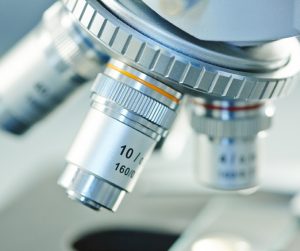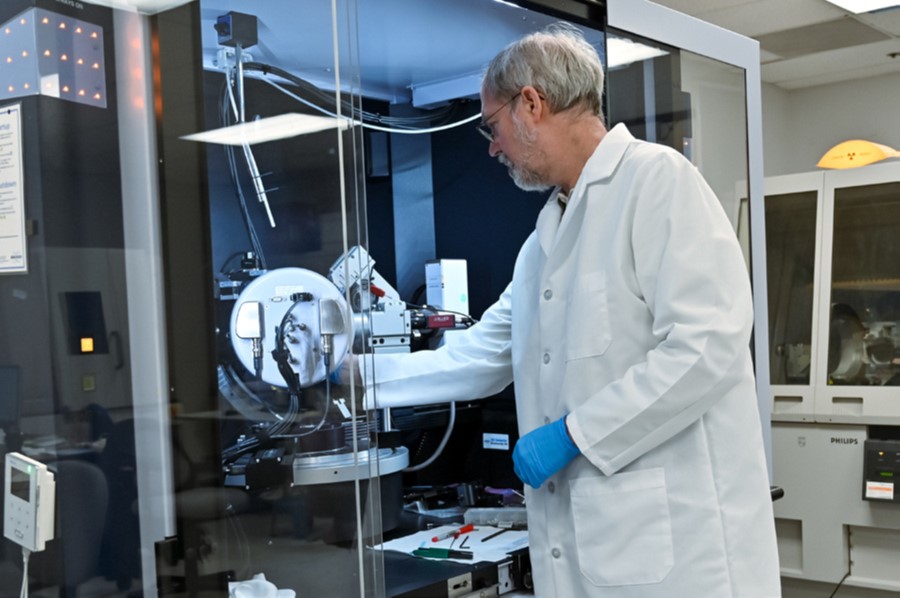
Understanding LA-ICP-MS for Microanalysis
LA-ICP-MS is a technique that uses direct micro-scale sampling to provide high precision elemental characterization of solid materials.
Home » Diatomaceous Earth: A Marvel of Nature with Industrial Might
Diatomaceous Earth (DE) is a naturally occurring sedimentary rock, composed of the fossilized remains of tiny hard-shelled aquatic organisms called diatoms. These microscopic wonders have intricate, porous skeletons made of silica, which, over millions of years, accumulate in deposits on ocean floors and in ancient lakes. Silica is common in nature, making up 26% of the earth’s crust by weight, and can come in many forms including sand, emerald, quartz, feldspar, mica, clay, asbestos, and glass. Silicon, a component of silica, does not exist naturally in its pure form as it usually reacts with oxygen and water to form silicon dioxide. Silicon dioxide has two naturally occurring forms: crystalline and amorphous. Most diatomaceous earth is made of amorphous silicon dioxide (Bunch, Bond and Buhl).

DE’s remarkable properties make it a versatile substance with a wide range of applications:

Analyzing DE’s composition is crucial to ensure its quality and suitability for various applications. Scientists at Eurofins EAG Laboratories (EAG) are equipped and knowledgeable to offer the following techniques.
When it comes to materials analysis, no other scientific services company offers the breadth of experience, diversity of analytical techniques or technical ingenuity of EAG Laboratories. At EAG, we deliver multi-disciplinary, problem-solving expertise to help our customers accelerate innovation, ensure quality and safety, and protect intellectual property. The world is experiencing a powerful and rapid convergence of science, technology and commerce. Great scientific minds are driving awe-inspiring commercial initiatives, and companies around the globe are seeking the insight and competitive advantage that advanced science can provide. EAG is at the forefront of this revolution that is changing the way products are developed, designed, manufactured and used by millions of people around the planet. Turn to EAG as we know how to bring the power of science to assist you with your needs.
Bunch, T. R., et al. “Diatomaceous Earth General Fact Sheet.” National Pesticide Information Center. Oregon State University Extension Services, 2013. 20 Sept 2023.

LA-ICP-MS is a technique that uses direct micro-scale sampling to provide high precision elemental characterization of solid materials.

Wednesday, May 14, 2025
This webinar will cover the chemical characterization of consumer products using extractable/leachable studies. Register to reserve your spot today!

High Depth Resolution Analysis will play a very important role in the electronic device industry as devices become smaller and smaller.

In this webinar we will focus on Spectroscopic Ellipsometry (SE) which is a powerful analytical tool for the characterization of thin films.
To enable certain features and improve your experience with us, this site stores cookies on your computer. Please click Continue to provide your authorization and permanently remove this message.
To find out more, please see our privacy policy.